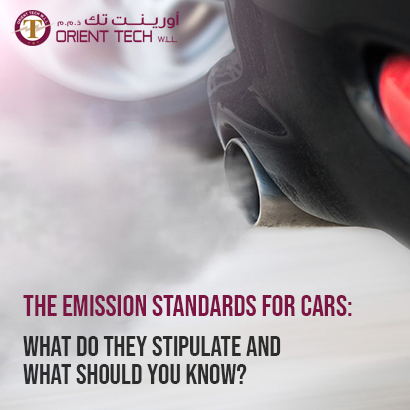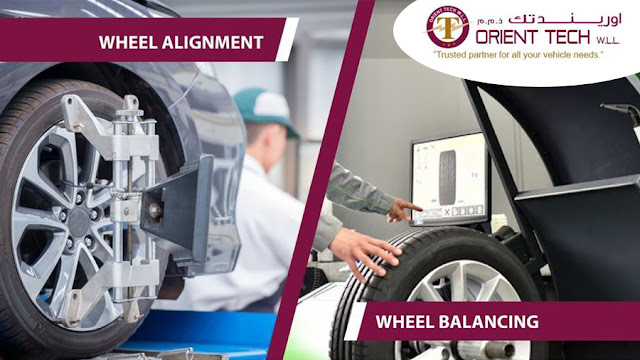The Emission Standards For Cars: What Do They Stipulate And What Should You Know?
Card emission standards across the globe are becoming more and more stringent. The transition is creating a huge technological gap between the previous and current generations of vehicles. As a result, manufacturers are having a tough time complying with the latest emission standards.
However, some automakers have failed to keep up with this rapid translation. Several models and power trains have been phased out to develop greener vehicles. These practices have also increased the price of vehicles that will eventually pass on to the end consumer. It is also real questions that are confusing buyers. This article provides a detailed discussion about car emission standards.
Different Types Of Pollutants
Internal combustion engines release substantial volumes of carbon dioxide, carbon monoxide, oxides of nitrogen, and hydrocarbons into the air. It also releases particulate matter and other toxic compounds as a by-product.
How Cars Will Comply With The Latest Emission Standards
Card manufacturers are following different approaches to lower the number of toxic gases from car exhaust. First, the combustion chamber and fuel injector mechanism are refined for better atomization of fuel. Next, the harmful particles in the exhaust system are arrested and treated accordingly.
Cars using fuel-injected systems use particulate filters to reduce the amount of carbon and particulate matter in the atmosphere. Manufacturers are using selective catalytic reduction systems to make exhaust gases clean. Some cars use a water-based urea solution to reduce nitrogen oxide emissions in the air. Different manufacturers are taking different approaches to produce greener vehicles.
Impact On Efficiency And Performance
As the world continues to shift towards more stringent emission standards automakers are having a tough time complying with the regulations. Lowering exhaust emissions usually takes a toll on fuel efficiency and performance. Manufacturers not only have to deal with low solutions but also improve the performance of vehicles.
Engines that produce less toxic gases use a slower combustion cycle. As a result, the backpressure of the system increases. Regeneration in the particulate filters and inner nitrogen straps affect the overall performance of a vehicle. Manufacturers are working to maintain the power daughter dresses of their engines while reducing emissions. Powertrains require substantial makeovers to comply with the latest emission standards. Maintaining fuel efficiency is another picture challenge for automakers in the present scenario.
Effect On The Prices
Industry experts believe that upgrading the power trains to meet the latest emissions norms will make cars a lot more expensive. In some segments, the cars may go beyond the budget of customers. There will be a significant rise in the price of vehicles across all categories.
The automotive industry is doing its best to comply with the modern emission norms. The governments also play an important role in regular rising prices and vehicle scrappage policy. It is necessary to discard vehicles that do not comply with modern safety and emission standards. It is one of the most effective ways to ensure the benefits of the latest emission standards or not be affected by older vehicles.
Car Service Center Qatar | Lubricants Qatar | Automotive Service Center | Mechanical Works




Comments
Post a Comment